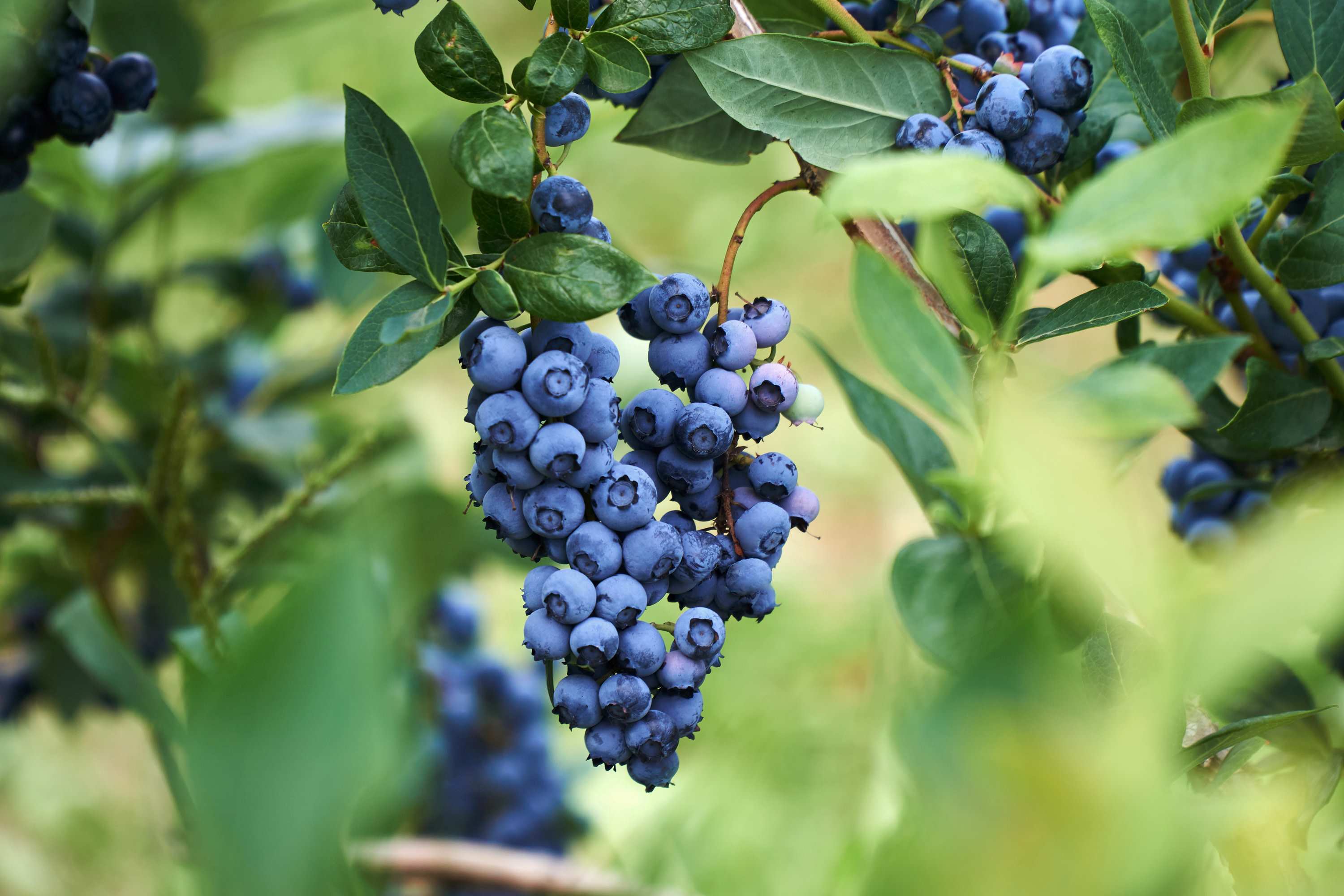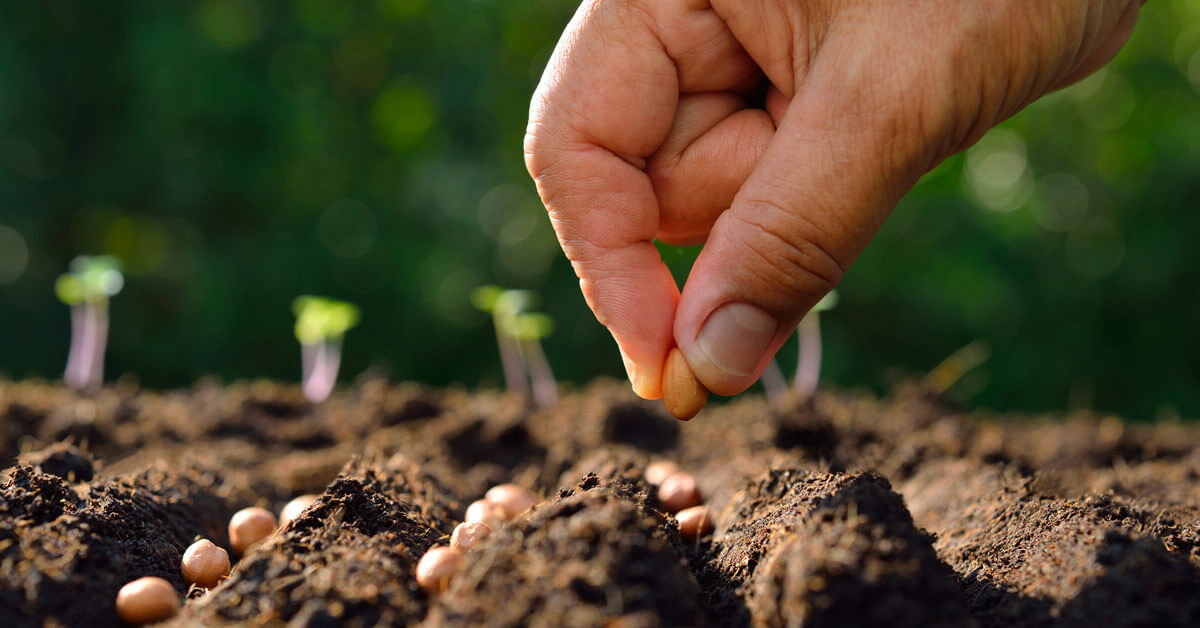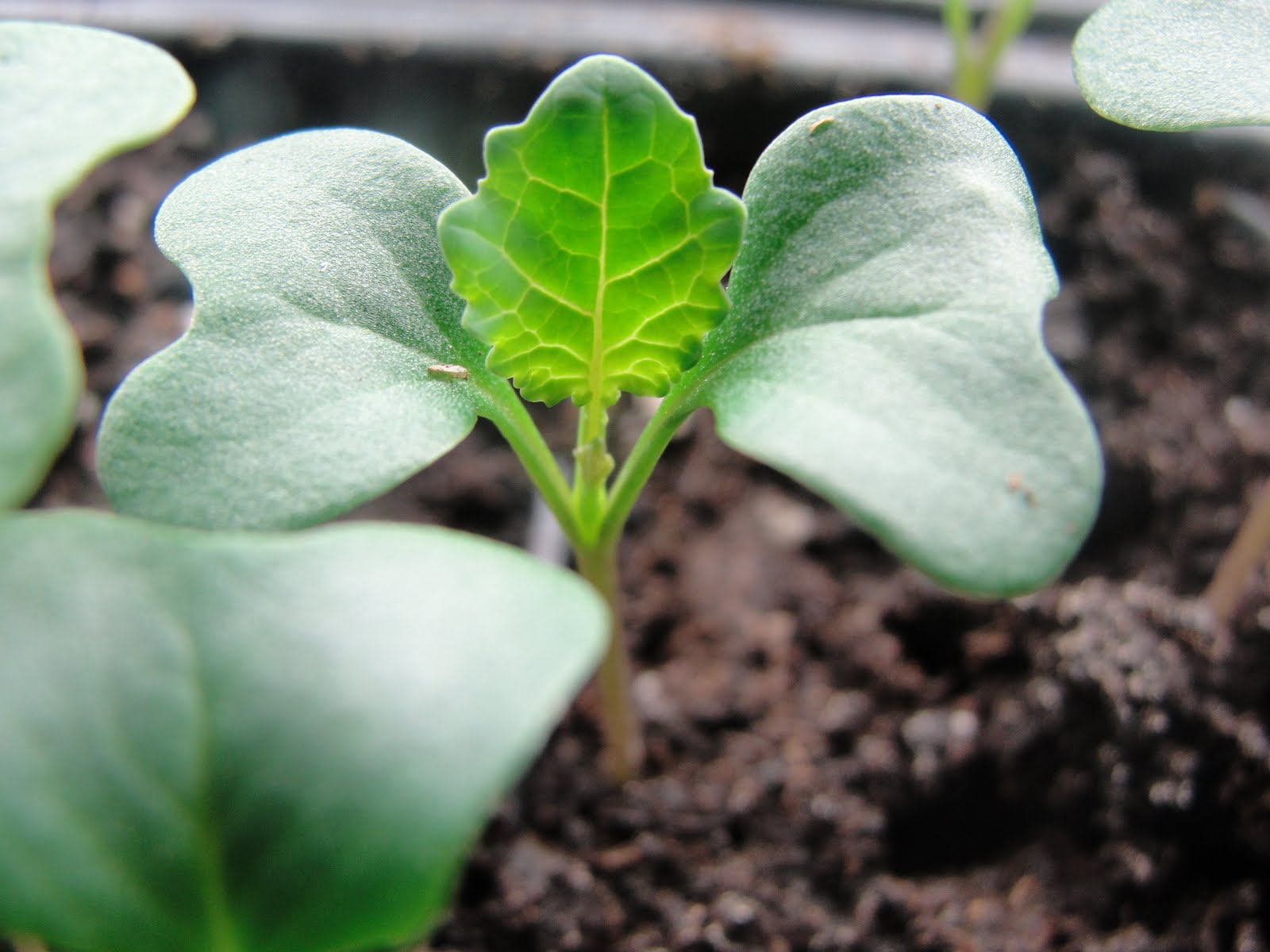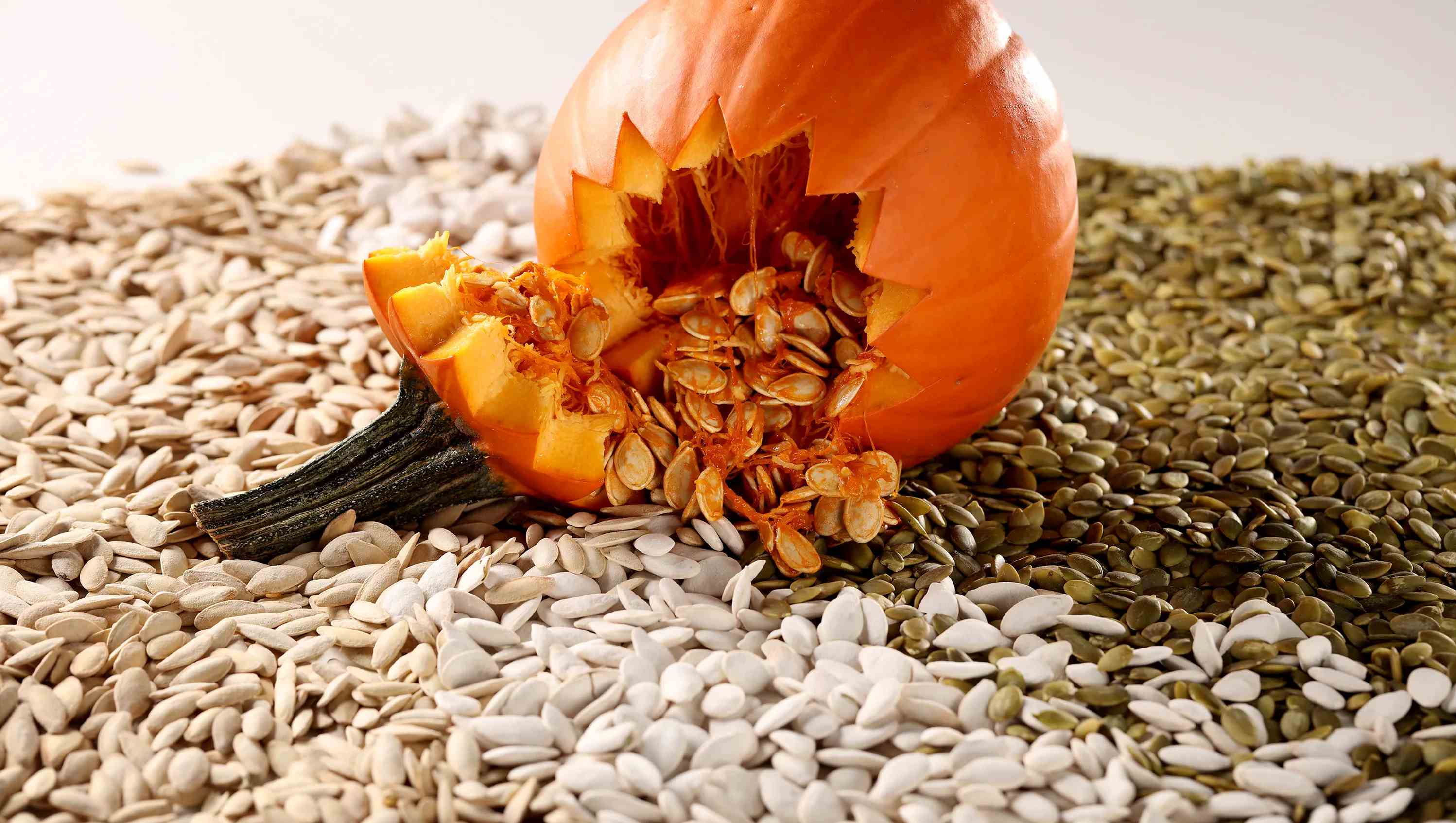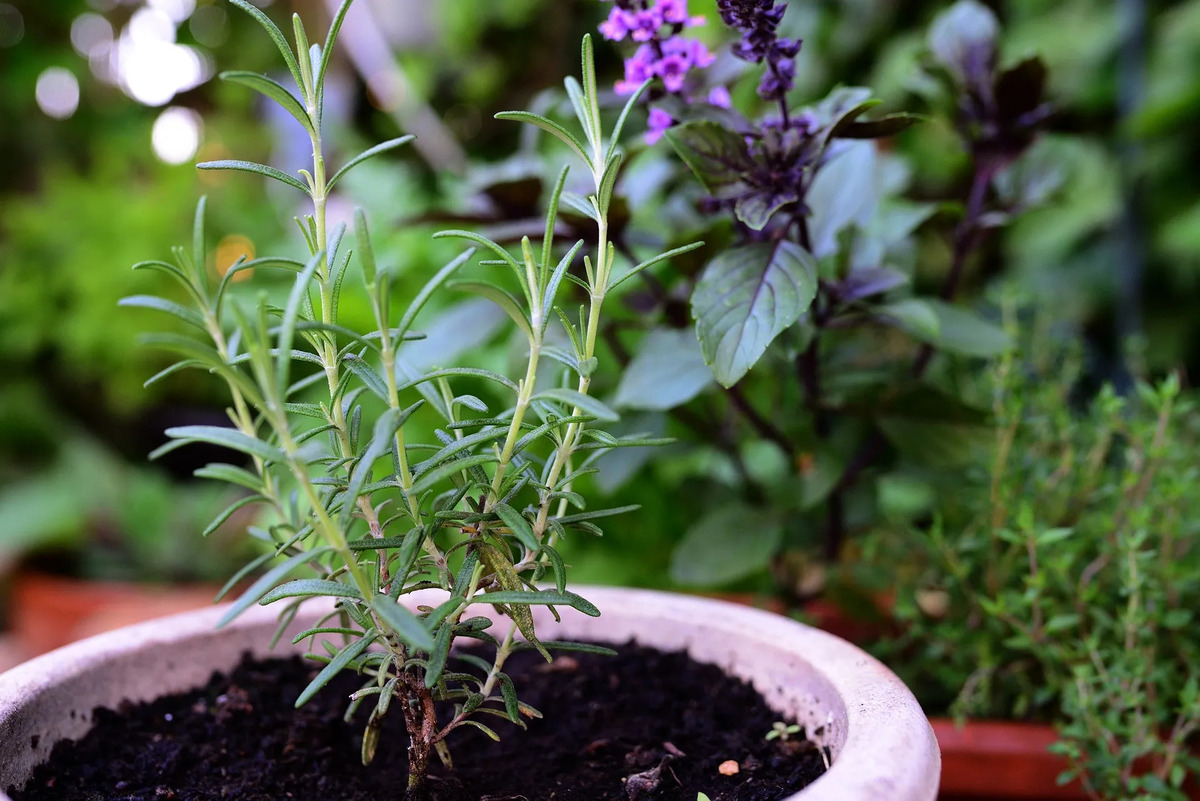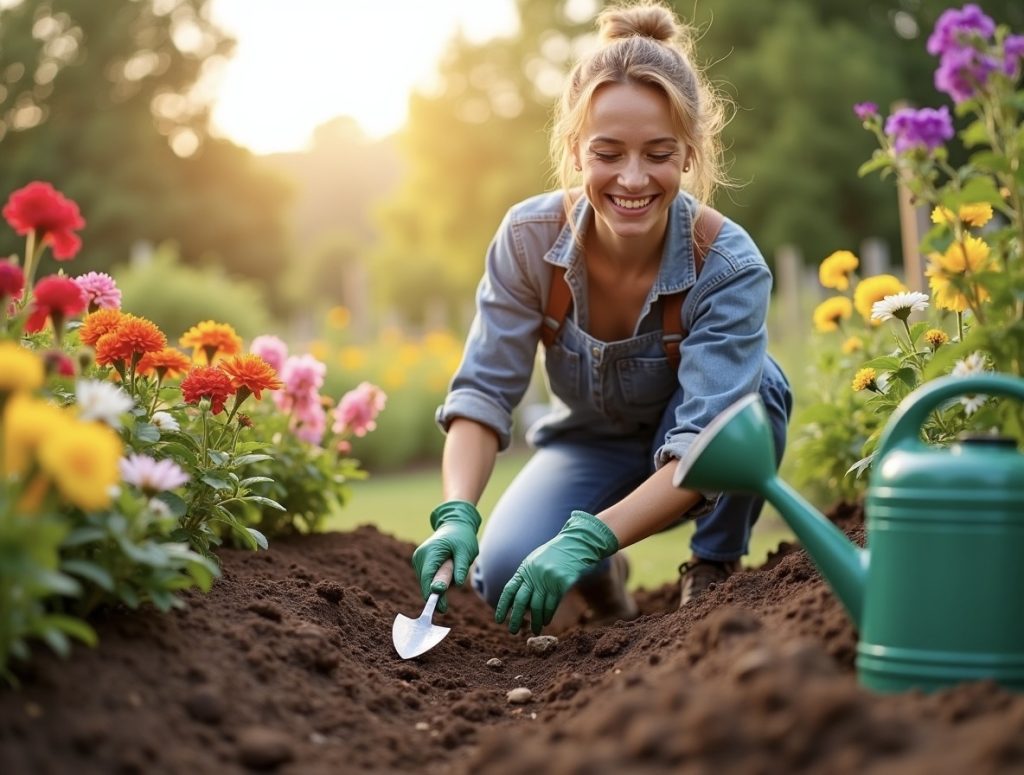Home>Types of Gardening>Edible Gardening>How Do Mustard Seeds Grow
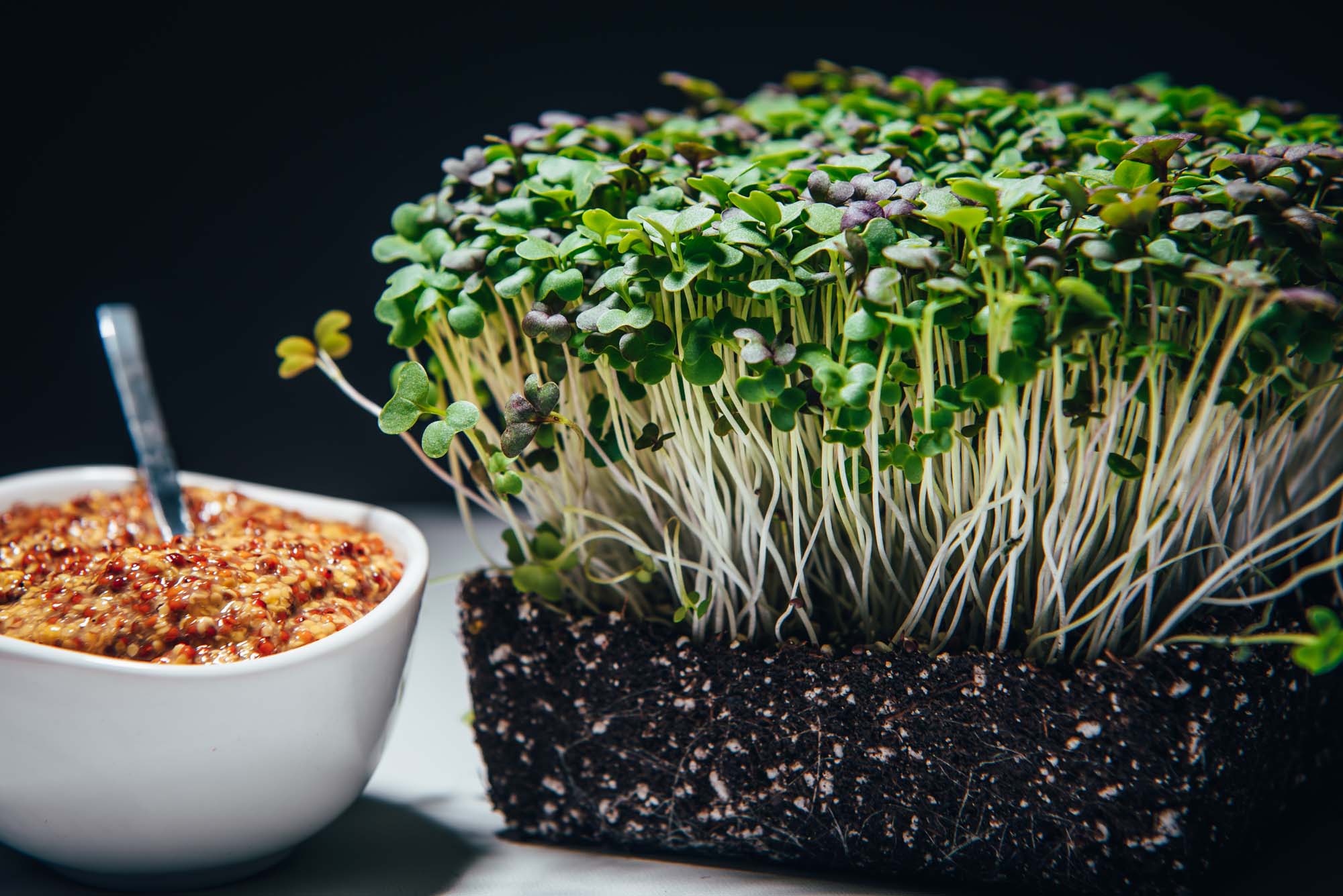

Edible Gardening
How Do Mustard Seeds Grow
Modified: January 22, 2024
Learn about edible gardening and discover the secrets of how mustard seeds grow. Explore step-by-step methods to cultivate your own vibrant mustard plants and harvest fresh greens.
(Many of the links in this article redirect to a specific reviewed product. Your purchase of these products through affiliate links helps to generate commission for Chicagolandgardening.com, at no extra cost. Learn more)
Table of Contents
Introduction
Welcome to the world of edible gardening, where you can grow your own delicious and nutritious vegetables right in your backyard. One of the most versatile and easy-to-grow plants is mustard. Whether you have a spacious garden or a small balcony, mustard seeds can be cultivated successfully with minimal effort. Learning how to grow mustard seeds will not only provide you with a fresh supply of flavorful greens but also offer a rewarding gardening experience.
Mustard (Brassica spp.) is a cool-season crop that belongs to the cruciferous family. It is known for its vibrant, peppery leaves, which add a delightful tang to salads, sandwiches, and stir-fries. Apart from the leaves, mustard seeds are also extensively used as a condiment and flavor enhancer in various cuisines around the world.
The process of growing mustard seeds begins with germinating the seeds and progresses through nurturing the plants until you can harvest the mature seeds. Understanding the environmental requirements, proper planting techniques, and necessary care and maintenance practices are key to a successful mustard seed harvest.
In this article, we will explore the step-by-step process of growing mustard seeds, from seed germination to harvesting and storage. Whether you are a beginner or an experienced gardener, this comprehensive guide will provide you with the knowledge and tips you need to cultivate thriving mustard plants.
Seed Germination
Before you start planting mustard seeds, it is important to ensure successful germination. Germination is the process in which a seed sprouts and starts developing into a new plant. Here are the steps to follow for successful mustard seed germination:
- Seed Selection: Choose high-quality mustard seeds from a reputable source. Look for seeds that are plump, firm, and free from any signs of damage or mold.
- Pre-Soaking: Soaking the mustard seeds in water for 24 hours before planting can help speed up the germination process. Place the seeds in a container and cover them with water. Ensure that the seeds are fully immersed and leave them to soak for a day.
- Seed Sowing: After the pre-soaking period, it’s time to sow the seeds. Choose a well-draining pot or garden bed with fertile soil. Make small holes or furrows, approximately 1/4 inch deep, and space them about 2 inches apart.
- Seed Planting: Place the pre-soaked seeds into the holes or furrows, gently covering them with soil. Pat the soil down lightly to ensure good seed-to-soil contact.
- Moisture: Keep the soil consistently moist, but not waterlogged, throughout the germination period. Mist the soil surface or use a watering can with a gentle showering action to avoid displacing the seeds.
- Temperature and Light: Mustard seeds prefer cool temperatures between 50-75°F (10-24°C) for optimal germination. Place the pots or beds in a location that receives partial sunlight or in a greenhouse with the appropriate temperature and light conditions.
- Germination Time: Mustard seeds typically germinate within 7-10 days. Be patient and monitor the soil moisture and temperature regularly during this period.
By following these steps, you will ensure that your mustard seeds have the best chance of germinating successfully. Remember to provide the seeds with the right amount of moisture, temperature, and light to stimulate their growth. Soon, you will see the tiny mustard seedlings emerge from the soil, ready to flourish into mature plants.
Environmental Requirements
Mustard plants have specific environmental requirements to thrive and produce a bountiful harvest. Here are the key factors to consider when creating the ideal growing conditions for mustard seeds:
- Sunlight: Mustard plants require at least 6 hours of direct sunlight each day. Choose a location that receives ample sunlight, such as a spot in your garden that is not shaded by trees or buildings.
- Temperature: Mustard is a cool-season crop, which means it thrives in cooler temperatures between 50-75°F (10-24°C). Avoid planting during the hot summer months, as intense heat can cause the plants to bolt and negatively impact their growth.
- Soil: Mustard prefers well-draining soil with a pH level between 6.0 and 7.5. Conduct a soil test to determine the pH level and amend the soil accordingly with compost or organic matter to improve its texture and fertility.
- Watering: Mustard plants require consistent moisture to grow properly. Ensure the soil is evenly moist but not waterlogged. Water the plants deeply, providing around 1 inch of water per week, and adjust the frequency based on the weather conditions.
- Spacing: Proper spacing is crucial to allow adequate air circulation and prevent overcrowding, which can lead to disease and pest issues. Space mustard plants 6-12 inches apart, depending on the variety, to give them ample room to grow and spread their leaves.
- Companion Plants: Mustard plants benefit from being grown alongside certain companion plants. Legumes, such as peas or beans, can help fix nitrogen in the soil, which is beneficial for mustard’s growth. Avoid planting mustard near other Brassica plants, such as broccoli or cabbage, as they are susceptible to similar pests and diseases.
By providing the appropriate environmental conditions, you are setting the stage for healthy and robust mustard plants. Always monitor the moisture level, temperature, and sunlight exposure to ensure the plants are thriving. Adjust the watering schedule and offer shade during hot spells to maintain optimal growing conditions.
Planting and Growing Mustard Seeds
Now that you have successfully germinated your mustard seeds and created the optimal environmental conditions, it’s time to focus on planting and growing the plants. Follow these steps for successful cultivation of mustard seeds:
- Transplanting or Direct Sowing: You have the option of either transplanting your seedlings or directly sowing the seeds. If you choose to transplant, start by germinating the seeds indoors in seed trays, and then transplant the seedlings outdoors once they have developed a few true leaves. Alternatively, you can directly sow the seeds in the prepared garden bed or container.
- Planting Depth: When transplanting, ensure that you plant the seedlings at the same depth they were growing in the seed trays. If directly sowing the seeds, plant them 1/4 inch deep in the soil.
- Watering: After planting, water the mustard plants thoroughly to settle the soil around the roots. Water regularly, keeping the soil consistently moist but not overly wet.
- Thinning: If you have planted the mustard seeds closely together, you may need to thin out the seedlings once they reach a height of 2-3 inches. Thin to a spacing of 6-12 inches between plants to give them room to grow and develop.
- Fertilizing: Mustard plants benefit from regular feeding with a balanced fertilizer. Apply a slow-release granular fertilizer or organic compost around the base of the plants every few weeks to provide essential nutrients for their growth.
- Pest and Disease Control: Keep an eye out for common pests, such as aphids or flea beetles, and promptly take action to control them. Use organic pest control methods, such as neem oil or insecticidal soap, to prevent damage to the plants. Monitor for any signs of disease, such as powdery mildew or damping-off, and address them immediately.
- Weeding: Regular weeding is essential to keep the mustard bed clear of competition from weeds, which can hinder the plants’ growth. Mulching around the plants can help suppress weed growth.
With consistent care, proper watering, and regular maintenance, your mustard plants will flourish and grow into healthy specimens. Monitor their growth regularly, and make any necessary adjustments to ensure their continued development.
Care and Maintenance
Proper care and maintenance are essential to ensure that your mustard plants continue to thrive and produce a plentiful harvest. Follow these guidelines to keep your mustard plants healthy and productive:
- Watering: Mustard plants require consistent moisture. Water deeply and regularly, especially during dry spells, to keep the soil consistently moist. Avoid overwatering, as excessive moisture can lead to root rot and other problems.
- Mulching: Apply a layer of organic mulch, such as straw or wood chips, around the base of the plants. Mulch helps retain soil moisture, suppress weeds, and regulate soil temperature.
- Support: Depending on the variety and the size of your plants, providing support such as stakes or trellises may be necessary. This will help prevent the plants from bending or breaking under the weight of their leaves or seed pods.
- Fertilizing: Continue to feed your mustard plants with a balanced fertilizer every few weeks to ensure they receive the necessary nutrients. Organic options, such as compost or well-rotted manure, can also be used to enrich the soil.
- Pruning: Regularly remove any yellowing or diseased leaves to maintain plant vigor. Pruning also helps improve air circulation and reduces the risk of fungal diseases.
- Monitor for Pests and Diseases: Keep a close eye on your mustard plants for any signs of pests or diseases. Early detection allows for prompt treatment with organic pest control methods or disease management techniques. Regularly inspect the leaves, stems, and undersides of the plants.
- Harvesting: When the mustard plants are mature, typically around 6-8 weeks after planting, you can start harvesting the leaves for fresh consumption. Harvest the outer leaves as needed, and leave the inner leaves to continue growing. Once the plants flower and produce seed pods, you can harvest the mature seed pods for mustard seeds. Wait until the pods are dry and brown before collecting them.
By providing proper care and attention to your mustard plants, you will not only ensure their health and productivity but also enjoy a bountiful harvest of fresh mustard leaves and flavorful seeds.
Harvesting Mustard Seeds
Harvesting mustard seeds is an exciting and rewarding part of growing mustard plants. The seeds can be used in various culinary applications or saved for replanting. Here are the steps to follow when harvesting mustard seeds:
- Seed Pod Maturation: Allow the mustard plants to grow until they produce seed pods. The seed pods will form after the plant has finished flowering and are typically dry and brown in color.
- Timing: It is important to harvest the mustard seeds at the right time. Waiting until the seed pods are fully mature and dry will ensure that the seeds are fully developed and ready for harvest.
- Seed Pod Collection: Cut the seed pods from the plants using sharp garden shears or pruners. Place the seed pods in a clean, dry container or paper bag, gently shaking them to release the seeds.
- Seed Separation: Separate the seeds from the seed pods by gently crushing or rubbing them. You can also use a sieve or a screen to remove any remaining plant debris or chaff.
- Storage: Store the harvested mustard seeds in a cool, dry place in airtight containers, such as glass jars or sealed bags. Keep them away from moisture and direct sunlight to maintain their quality.
- Replanting: If you wish to save some of the harvested seeds for replanting in the future, ensure they are fully dry before storing them. Label the containers with the seed variety and the date of harvest for easy reference.
Harvesting mustard seeds allows you to enjoy the full potential of your mustard plants. Whether you intend to use the seeds for culinary purposes or save them for future plantings, proper harvesting techniques will ensure the best quality seeds.
Storage and Preservation
Proper storage and preservation are crucial to maintain the quality and flavor of harvested mustard seeds. Here are some guidelines to follow:
- Drying: Before storing mustard seeds, make sure they are fully dry. Spread the seeds out in a single layer on a clean, dry surface, such as a tray or newspaper. Allow them to air dry for a few weeks, stirring occasionally to ensure even drying.
- Containers: Transfer the dried mustard seeds to airtight containers, such as glass jars or resealable bags. Make sure the containers are clean, dry, and opaque to protect the seeds from moisture, light, and air.
- Location: Store the mustard seed containers in a cool, dark, and dry area, such as a pantry or kitchen cabinet. Avoid storing them in areas prone to temperature fluctuations or humidity, as this can cause the seeds to spoil.
- Labeling: Label the containers with the date of harvest and variety of mustard seeds. This helps you keep track of the freshness and allows you to identify different types of seeds, especially if you have multiple varieties.
- Shelf Life: Mustard seeds can retain their quality for up to 2-3 years when stored properly. However, for the best flavor, it is recommended to use them within the first year of storage.
- Preservation: To extend the shelf life of mustard seeds, you can also consider grinding them into mustard powder or making homemade mustard paste or sauce. This allows you to use the seeds in various recipes while adding a delightful burst of flavor.
By following these storage and preservation practices, you can enjoy the flavors and benefits of your harvested mustard seeds for an extended period. Use them in your favorite recipes, experiment with new flavors, or share them with fellow gardening enthusiasts.
